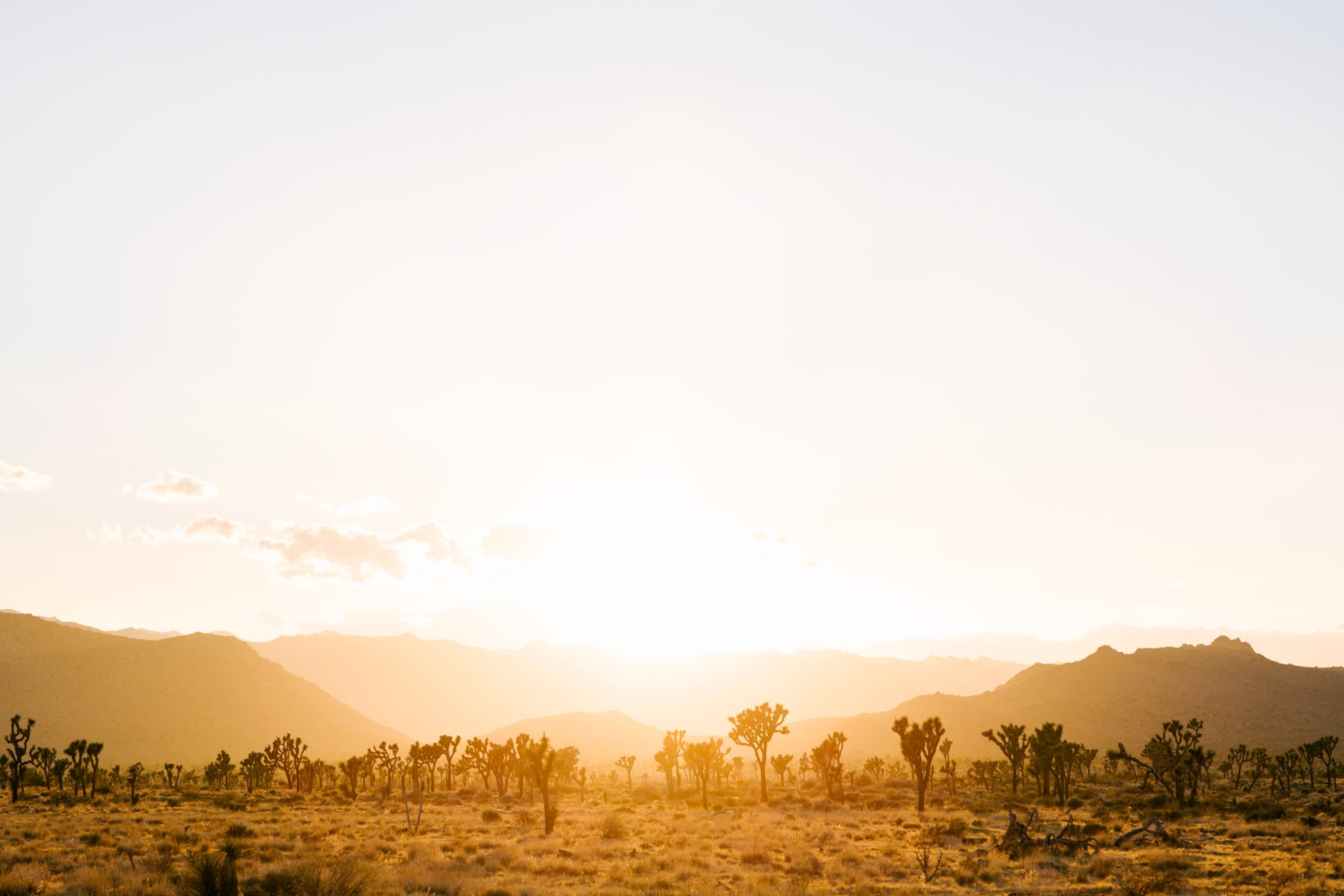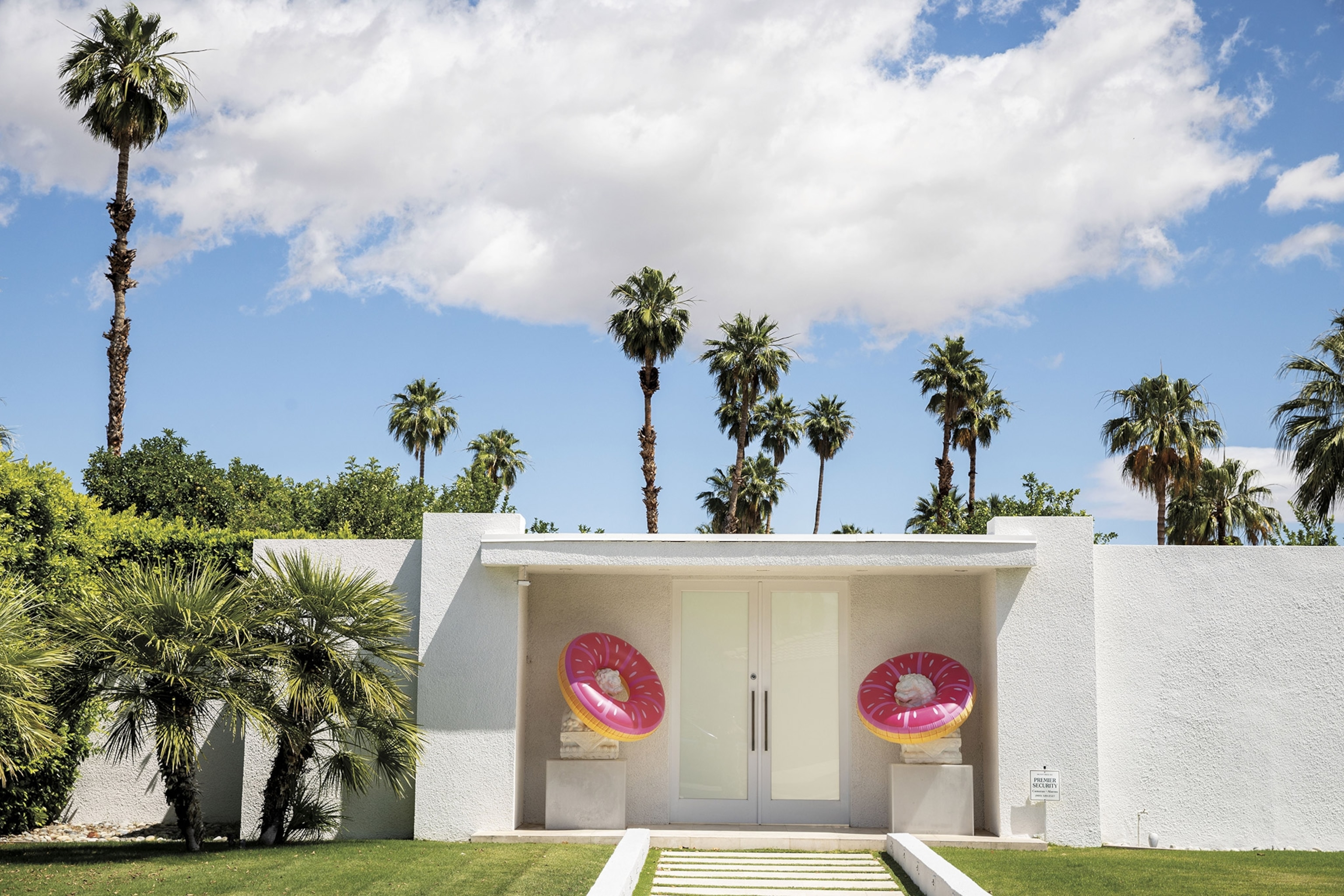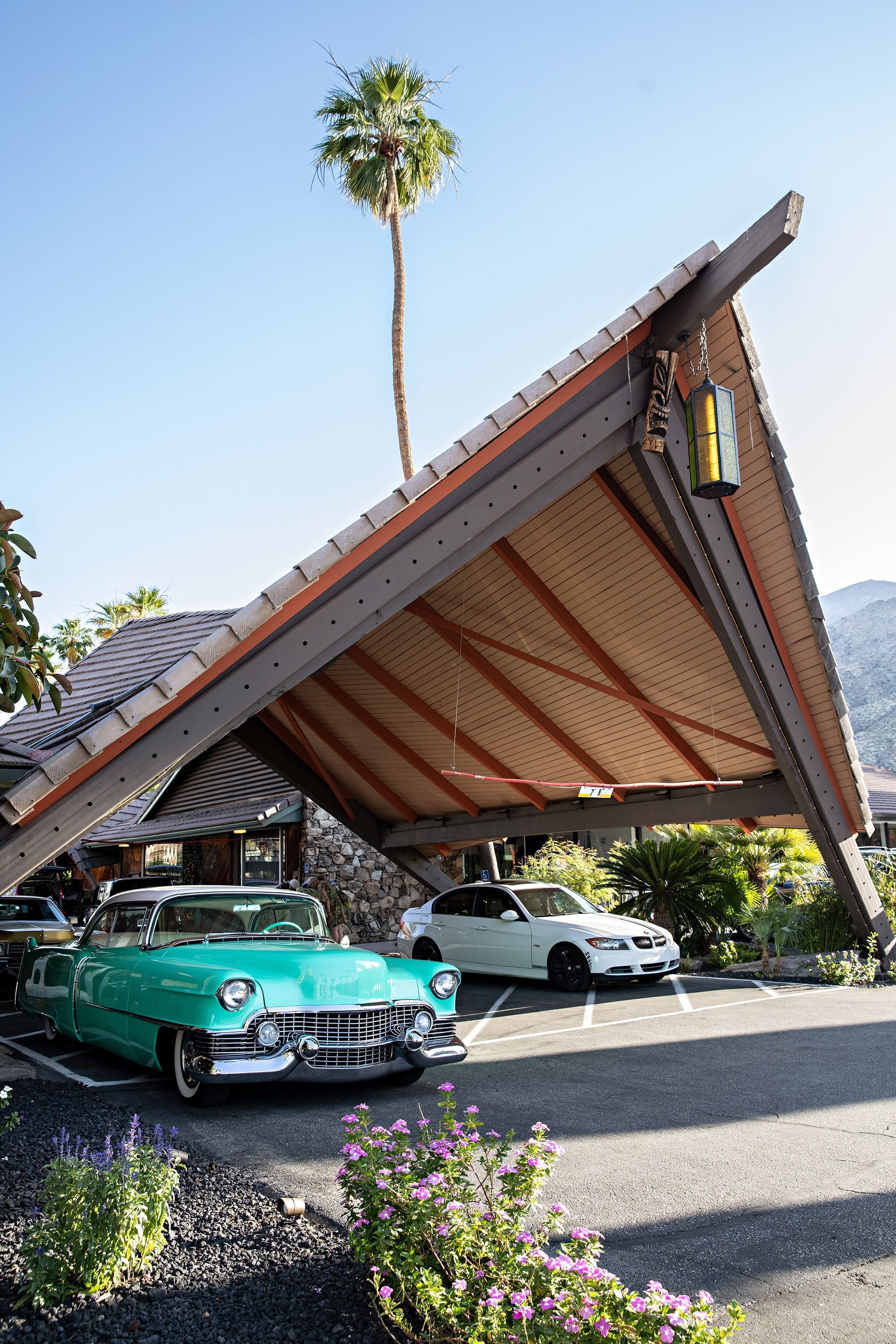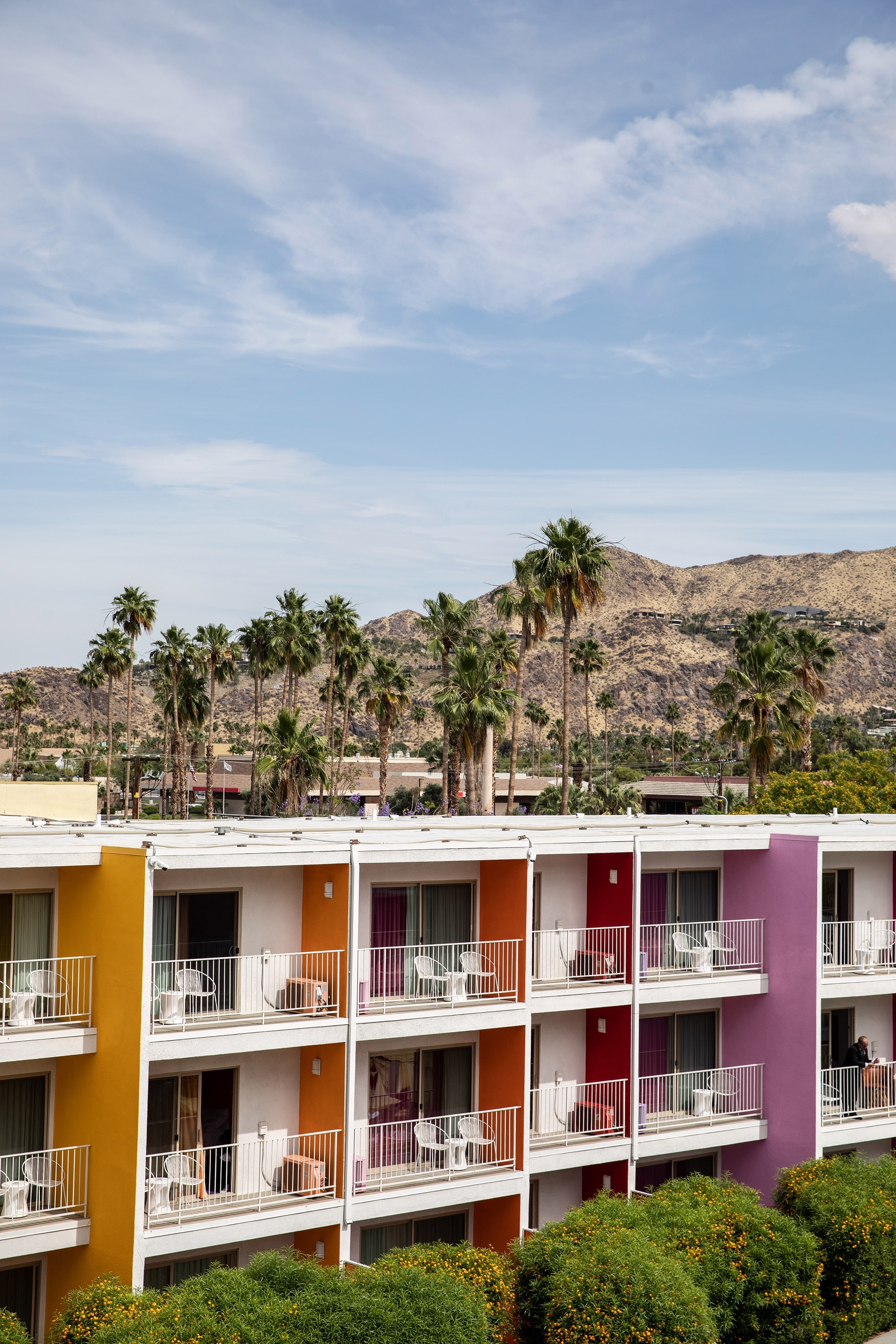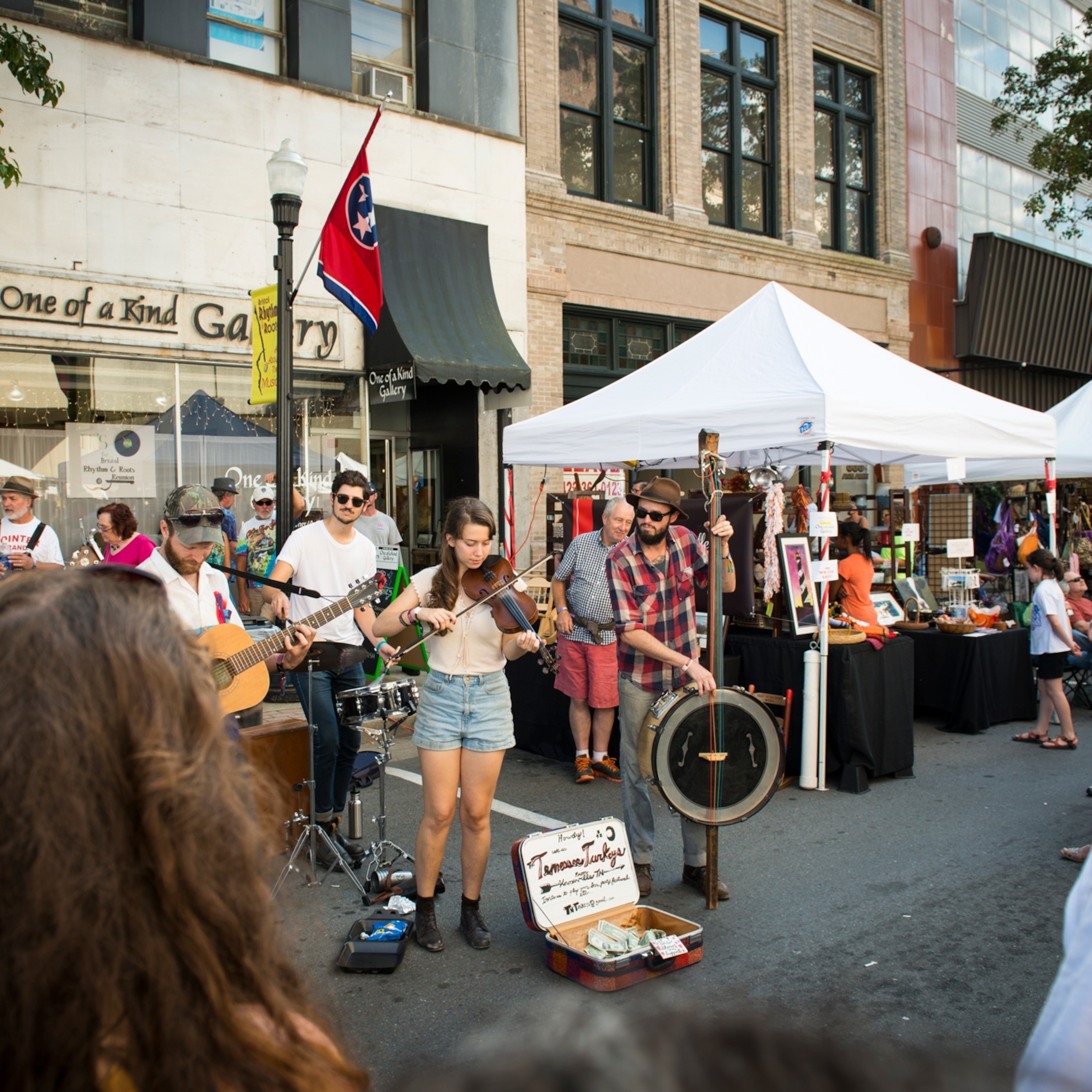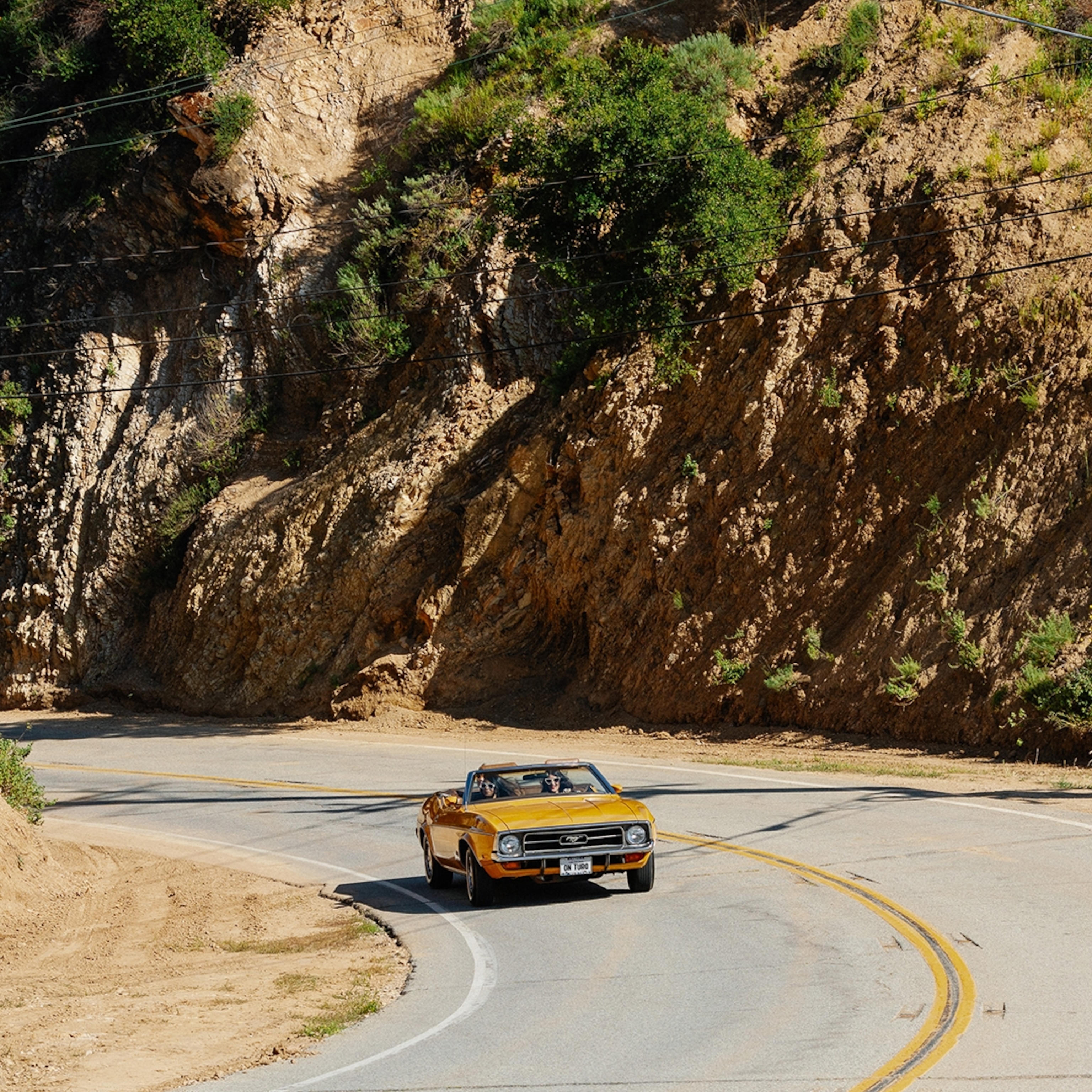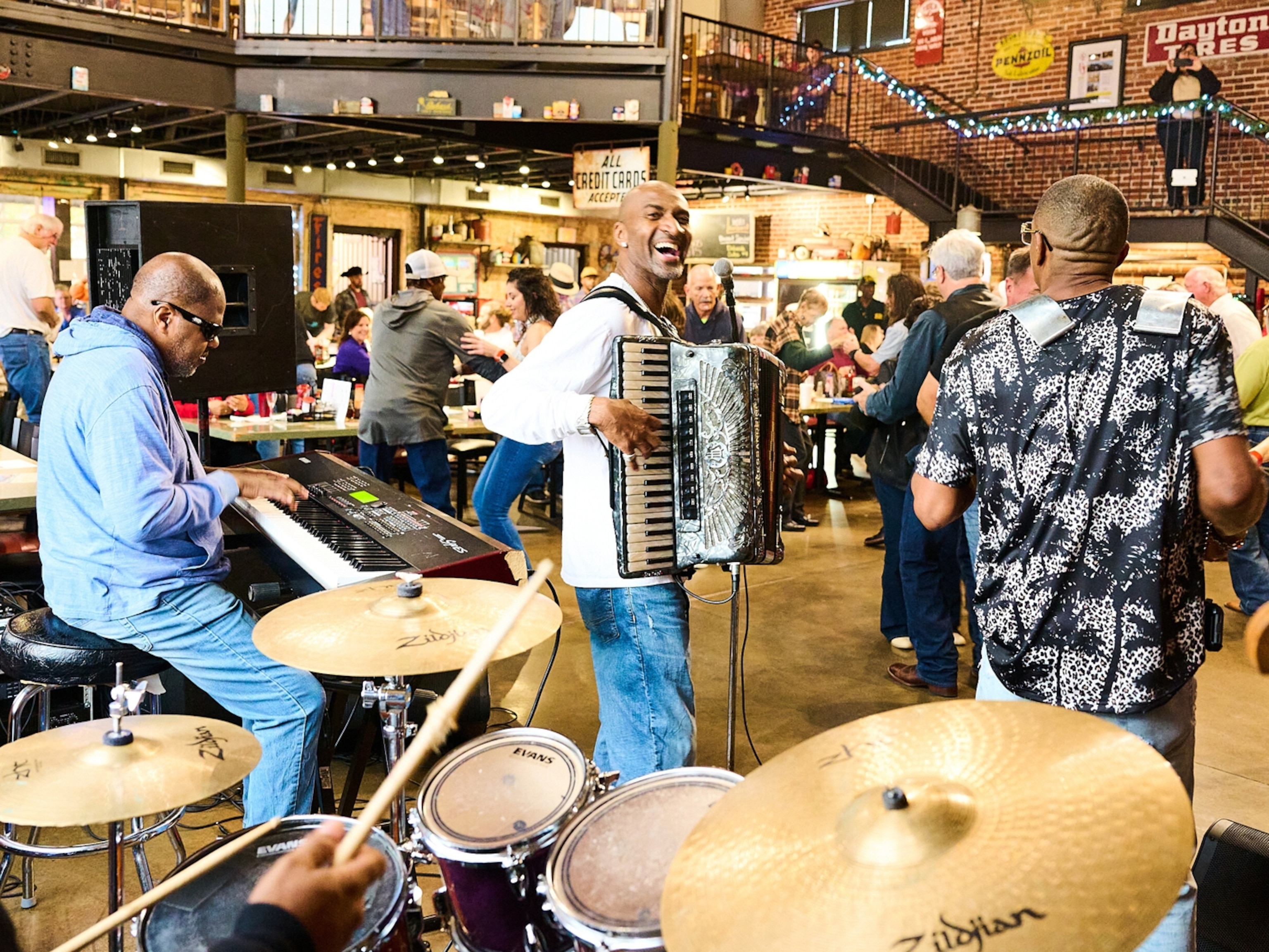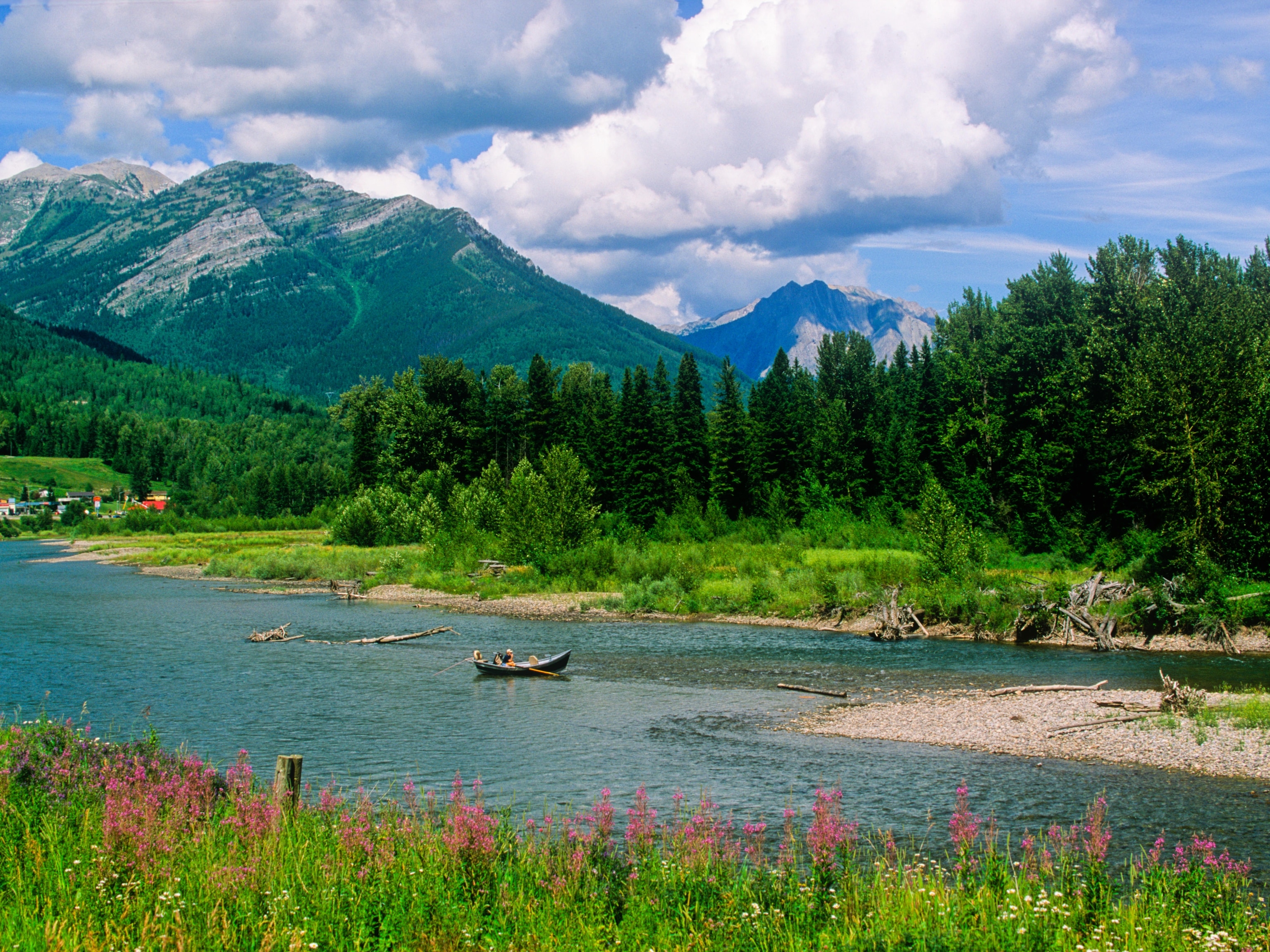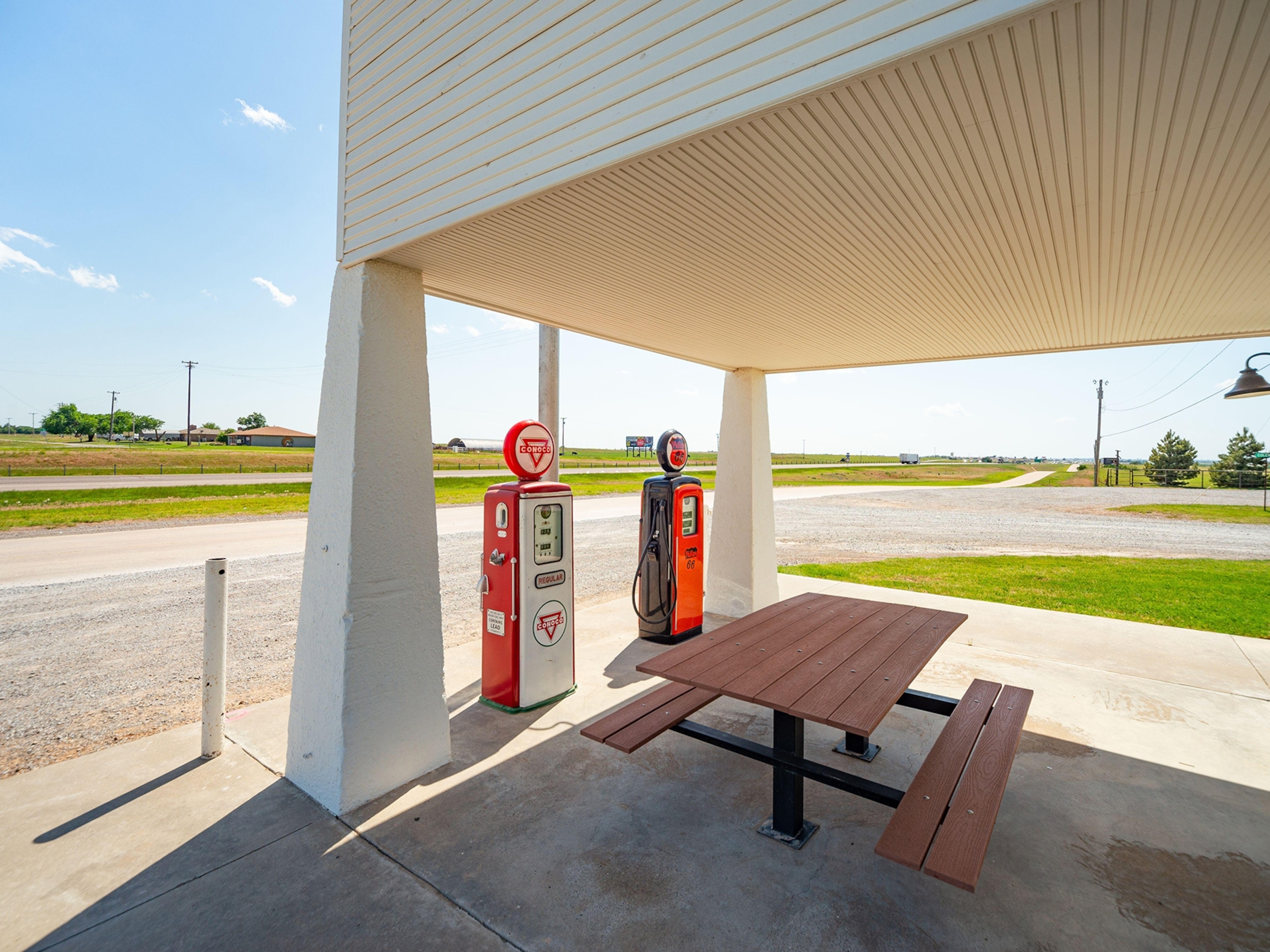Kiki, do you love me? Are you riding? Say you’ll never ever leave from beside me...
I’m sitting at an amoeba-shaped resort pool in Palm Springs, and a DJ is blasting Drake to a puddle of swimmers doing more soaking than splashing. I measure 84 decibels—the volume of a very loud and extremely close Vitamix blending a batch of piña coladas. My thoughts are screaming for attention they will not get because I’m buffeted by beats, deafened by the din, drowning in a sea of sound in this hip-hop hot tub. I’m longing for an island of silence. I know I’m not alone.

Sound—waves of vibrating airborne molecules that smash into one another before crashing into our eardrums—has always been a part of our world. But environmental noise is the haze of our days, a human-made fog that pollutes the space around us. Conversations carry on at 60 decibels (dB), vacuum cleaners whir at 70, alarm clocks wail at 80, stadiums can rock as loud as 130.
This is not to suggest that our planet is silent: The calls of some species of cicada can surpass 110 dB. Thunder claps at 120. The loudest clicks from sperm whales have been measured at 230—louder than a rocket launch but emanating underwater. Earth itself has a sound, an incessant hum caused by pounding ocean waves, measured at a frequency 10,000 times lower than what humans can hear.
Sometimes I worry that I’ve forgotten how to listen—how to separate layers of sound and explore the audible dimensions around me. How much of my life am I missing when I’m not listening?
So I set out on a 500-mile sound quest that took me from the drumbeat of civilization to nearly noiseless realms. I did not turn on the radio, though occasionally I sang a song that came to mind. I barely spoke; instead I tried to hear whatever came my way. As a traveler, I know that there is beauty in stillness and harmony in silence. My path started with a plane (120 dB) smacking down on a runway in Southern California. Which is where my journey begins ...

Elvis Honeymoon Hideaway, Palm Springs: 42 decibels
Suspicious minds are wondering what I’m up to, holding a microphone to the house where Elvis and his bride, Priscilla, retreated following their 1967 nuptials. A self-guided drive to celebrity homes has led me to the King’s banana-colored, boomerang-hooded manor, currently on the market for $3.2 million. Fans can book a guided tour to check out the futuristic contours of this four-bedroom “house of tomorrow,” situated at the base of the San Jacinto Mountains. I’ve come for a little less conversation. I’m here on a mission to listen.
I’ve assembled a tool kit for measurements that includes a decibel meter, a digital recorder, an ambient temperature gauge, and a heart rate monitor. At 11:45 a.m. it’s 84°F. Birds trill as a springtime breeze washes over branches. Beyond a sense of calm, there’s not much to detect.
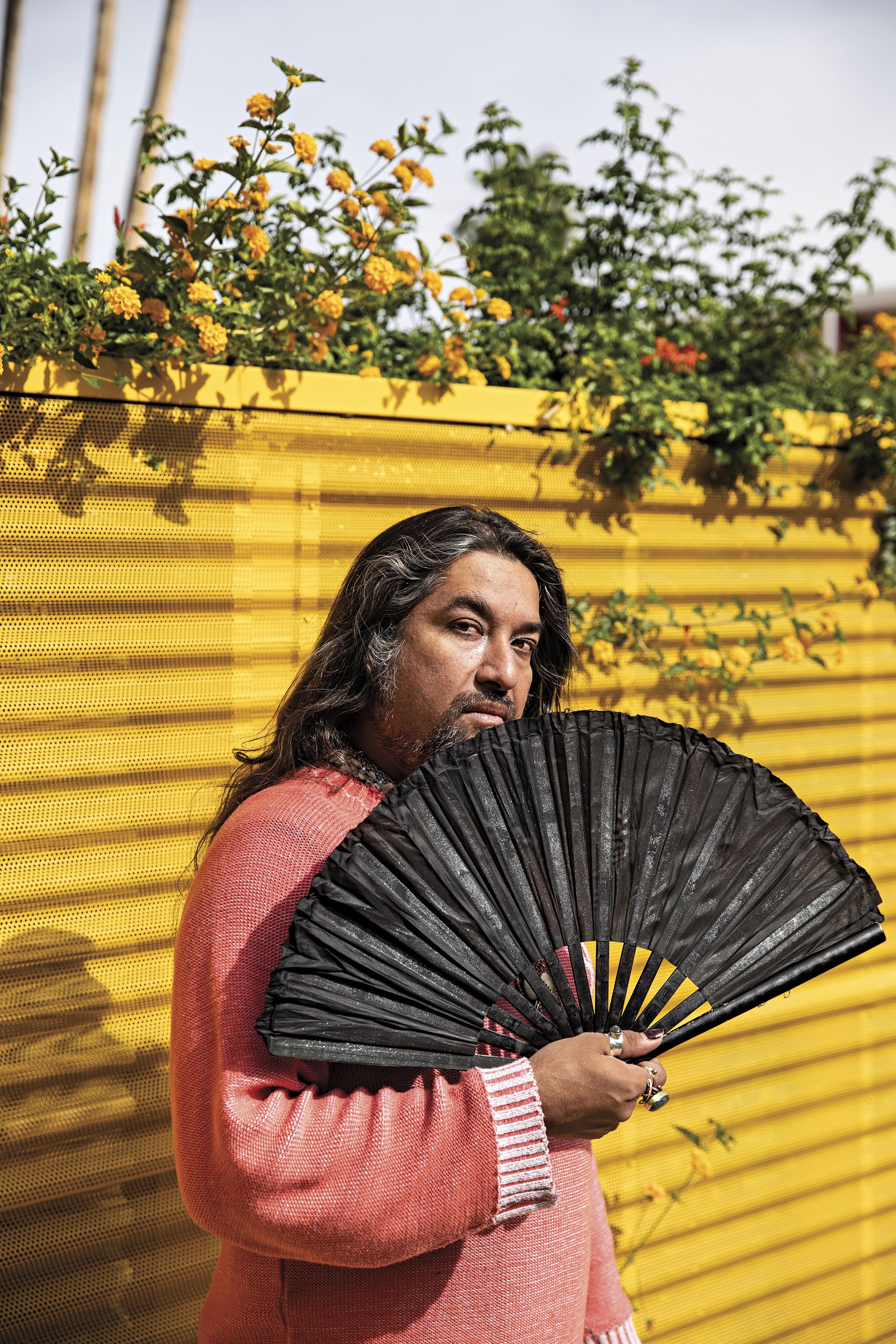

Palm Springs is a playground of shape and color, a mid-century marvel of manicured lawns, modernist homes (glass, stone, terrazzo, and Formica), and poolside saturnalia set within an arid ecosystem that can seem like the surface of Mars. The combination of desert minimalism and architectural daring ushered in an era of swizzle sticks and domestic idealism. With design in mind, I putter around town, ogling the estates of stars from another era: Marilyn Monroe, Liberace, Frank Sinatra. In terms of architectural impact, few properties come close to the Kaufmann Desert House, designed by Richard Neutra in 1946 for the Pittsburgh retail magnate who had previously tapped Frank Lloyd Wright to build Fallingwater in Pennsylvania. I wind up at the former estate of singer and talk show host Dinah Shore. At 12:26 p.m. and 88°F, it is only slightly louder than Elvis’s house—47 dB, about as loud as a babbling brook. A crow caws and flies buzz as gardeners tend to the grass, perhaps in anticipation of the return of current owner Leonardo DiCaprio.
In recent years the city has attracted a cool crowd, drawn to the Coachella Valley for lost weekends at formerly faded motels that have been reinvented to Rat Pack splendor: the Ace, the Saguaro, the Parker (opened as California’s first Holiday Inn in 1959, later owned by Gene Autry and Merv Griffin, now a Jonathan Adler–designed emblem of modernism’s resilience).
The valley is quiet, but the city is getting louder.
So I head 20 minutes south to Indian Canyons, the ancestral home of the Agua Caliente Band of Cahuilla Indians. I park and hike into Palm Canyon, a shaded oasis with a creek that weaves around boulders and rushes over stones. Kneeling beside the water, I measure 65 dB (a working air conditioner). The sun is bright, and the air is dry, despite the 86°F heat. As I step away from the creek, I hear my footsteps on gravel and the occasional flitting of a grasshopper. Painted lady caterpillars cross my path as I disappear into a soundscape that feels like velvet.
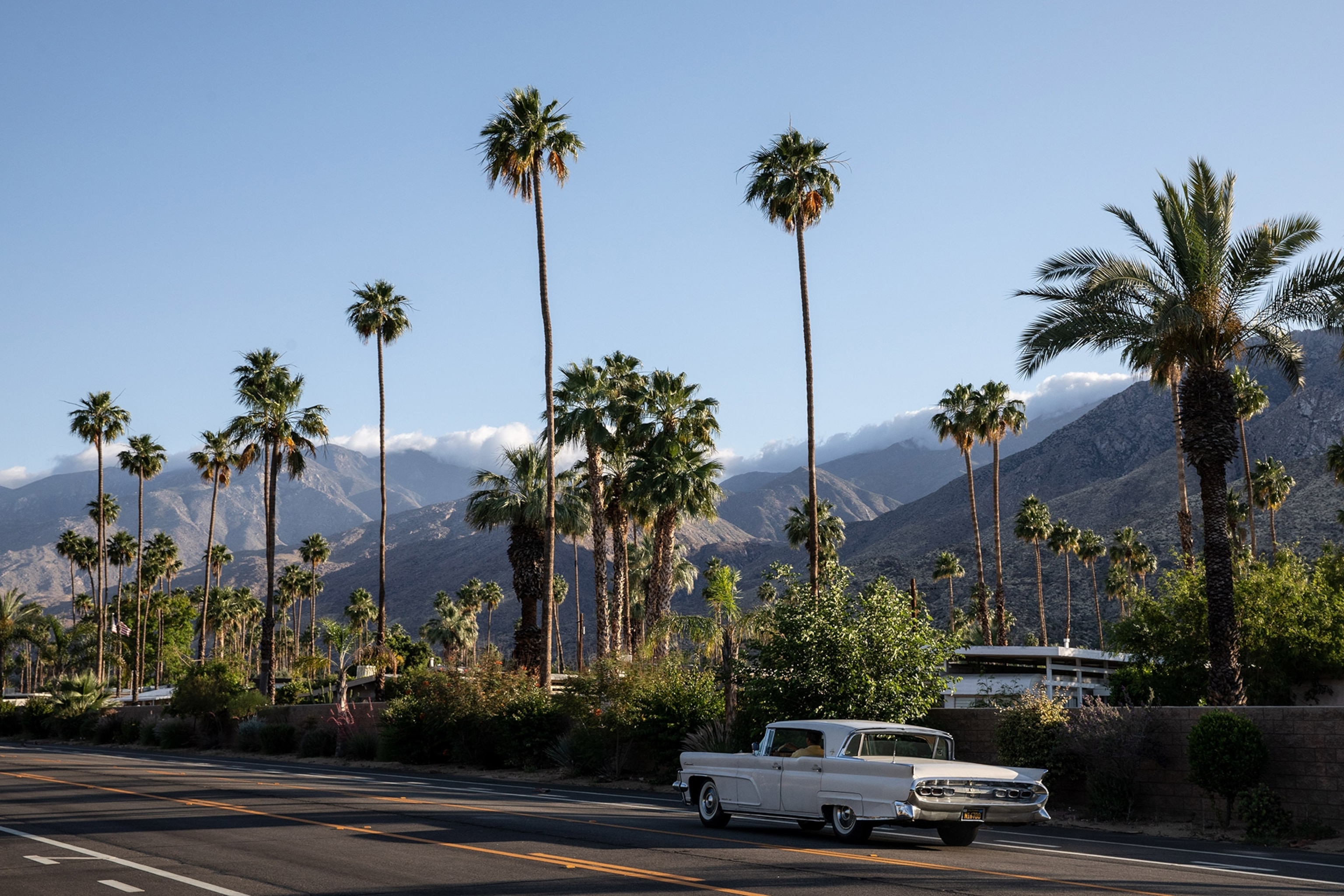
Varner Harbor, Salton Sea: 58 decibels
“A date palm must have its feet in the water and its head in the fires of heaven,” states an Arabic proverb quoted by E. Floyd Shields, founder of Shields Date Garden, in his 1952 manifesto The Romance and Sex Life of the Date. Date shakes are to this stretch of desert what egg creams are to Brooklyn or key lime pie is to the Florida Keys—indulgent necessities open to infinite interpretation. Only a coldhearted road tripper heading southeast toward Indio on I-10 would pass Shields’s roadside curiosity without tasting the granddaddy of all date shakes. The site is significant in California agricultural history and a relic from an era when roadside attractions were famous for being famous and worthy of seeing just to say you saw them.
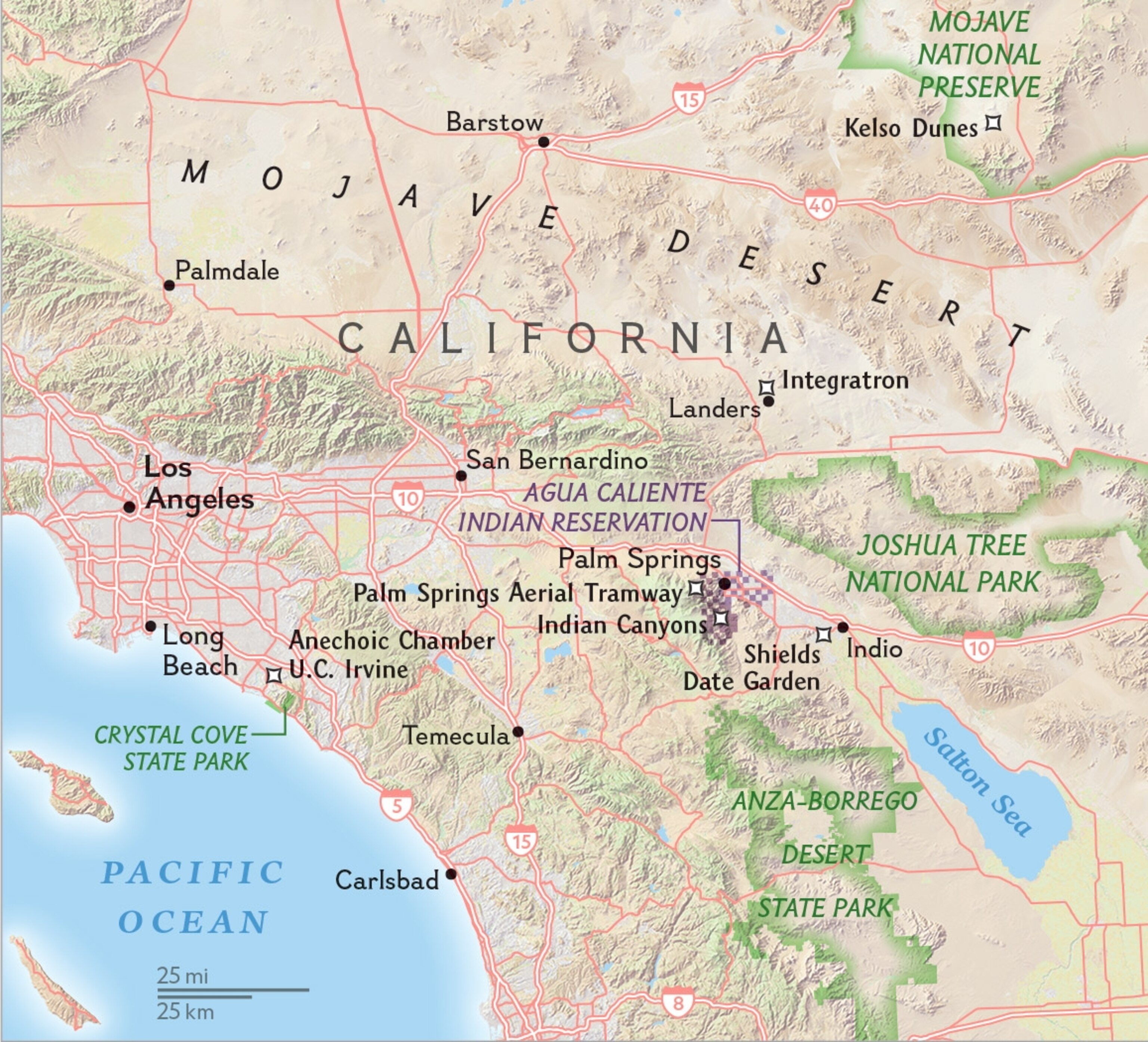
In the garden’s café, blenders whir quietly behind a screen (no more than 55 dB) as they whip up vanilla ice cream and crystallized dried date flakes into a concoction that is way too sweet but superdelicious. I sip my shake as I step into a wood-paneled movie theater that has been screening, for decades running, the founder’s “treatise on date culture.”
I need the sugar for the 45-minute drive past Coachella, Thermal, Mecca, Mortmar, and finally to California’s largest lake, the Salton Sea, a saline lake in the Sonoran Desert that formed in 1905 when the Colorado River breached its silt-clogged levees and, over nearly two years, flooded a basin along the San Andreas Fault. It wasn’t the first time the valley had been flooded—it had done so in preceding centuries—but this time part of the lake was transformed into a tourist attraction.
“Out of disaster come desert beaches with their excellent bathing, boating and motorboat racing,” wrote Shields, around the time that waterside resorts began to bubble up. But the 1950s recreational dream was illusory; by the 1970s, rising water levels, increasing salinity (the lake has no drainage outlet), and agricultural runoff began to spell doom for the holiday destination. Although this body of water remains a stop on the Pacific flyway for migratory birds, it’s now most often described in apocalyptic terms—as a dying ecosystem that coughs up algal blooms, dead fish, and rank odors.
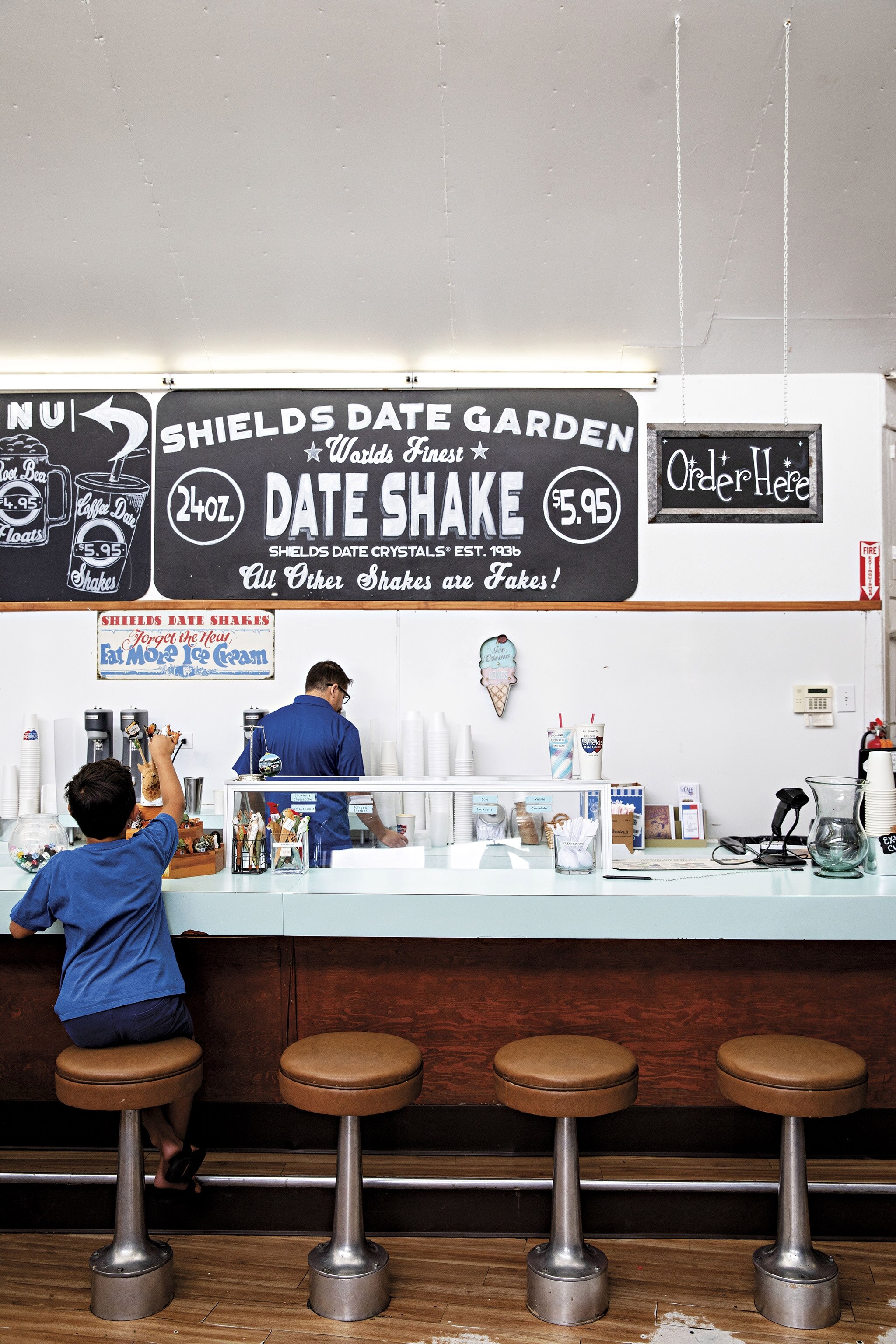
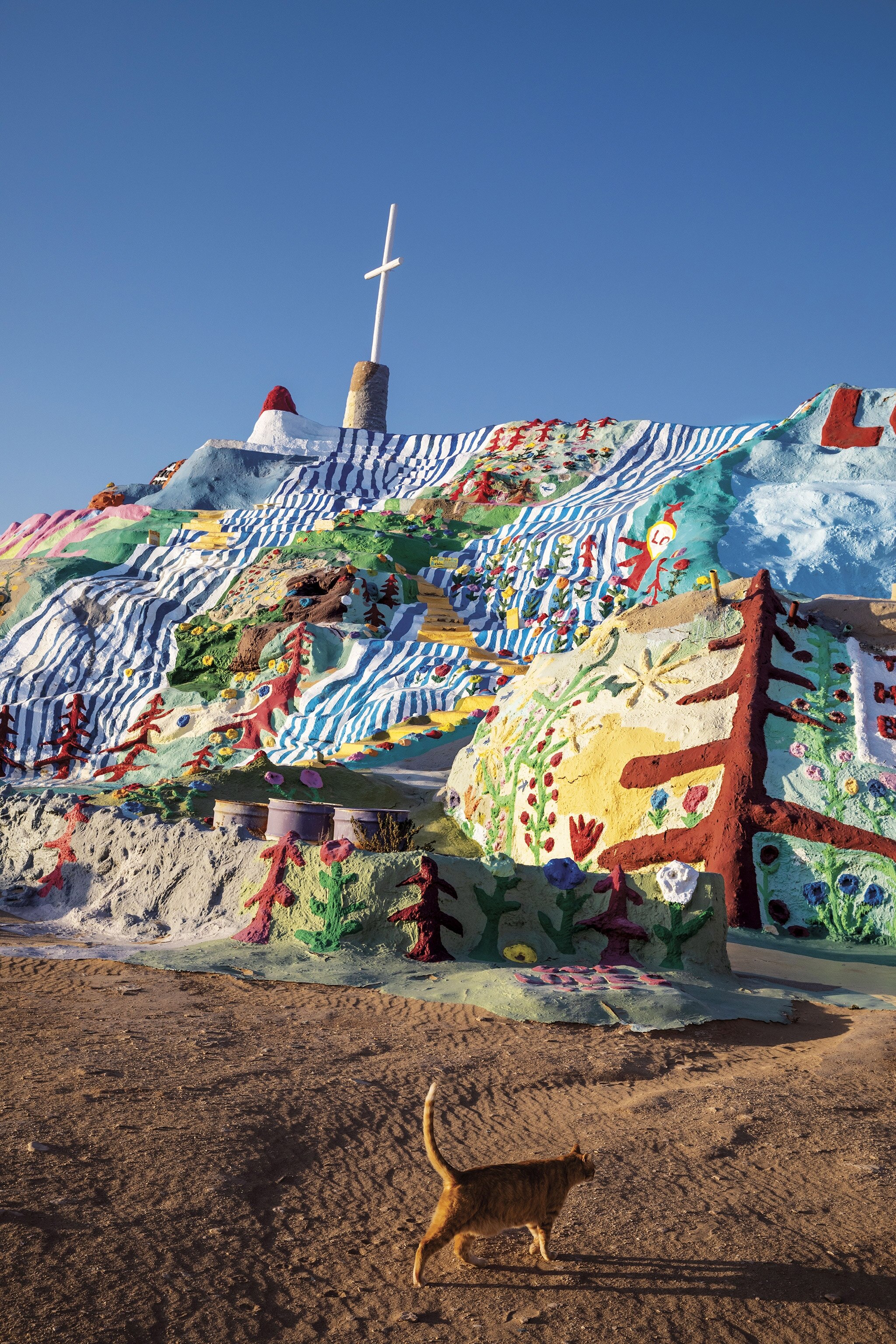
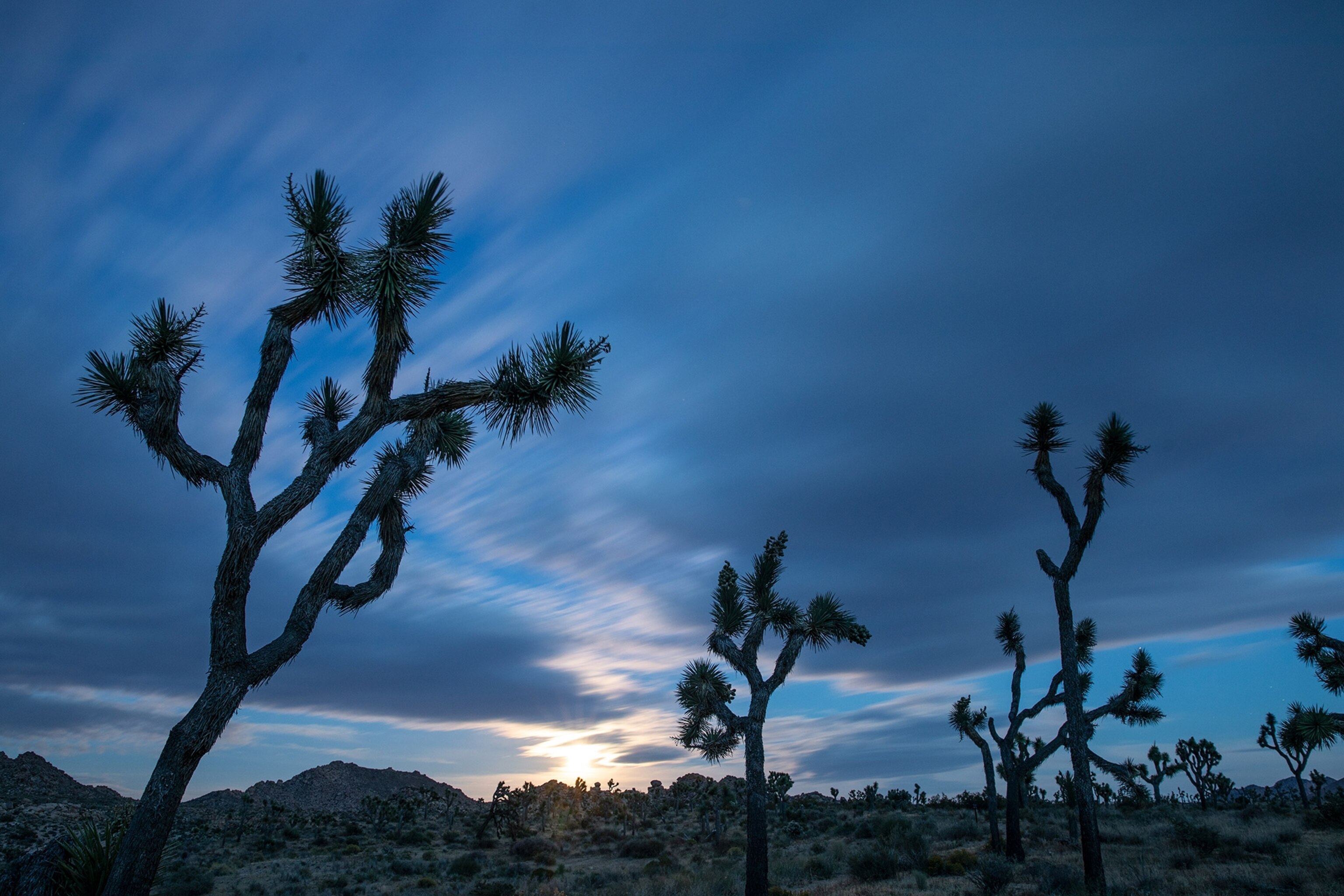
There are two songs of the Salton Sea: The first is a 58-decibel natural rhythm of birds tweeting, water gently lapping, wind racing over the glassy surface. The second song, increasing in volume, is a lament of environmental degradation, a requiem for a smothered shoreline. While some conservationists are motivated by the first song to restore this ecosystem, most visitors, myself included, are carried away by the mournful melody.
The Integratron, Landers: 39 decibels
On the road north to my next stop I pass under colossal wind turbines that slice the sky like vorpal swords and see power cables stretched across the horizon like the strings of an immense violin. I’m recalling “Jabberwocky,” Lewis Carroll’s nonsense poem, which relies on invented words that sound exactly like what they mean, even though they are meaningless. ’Twas brillig, and the slithy toves / Did gyre and gimble in the wabe ...
It’s fun to remember things you think you’ve forgotten, and a road trip is perfect for this. I’m heading from the Sonoran toward the Mojave Desert, pondering dreamscapes of monsters like the Jubjub bird and the frumious Bandersnatch—fantastical crea- tures that will live forever in my memory because their author put their sonorous names to verse and rhyme.
- National Geographic Expeditions
Sound is food for the ears and nourishment for the soul. While voice is our first instrument, the world’s earliest musical instruments—43,000-year-old flutes made from bird bone and mammoth ivory, found in a cave in southern Germany—suggest that music played a part in early Homo sapiens society.
The communal benefits of music have been valued for centuries, from Egyptian incantations to Greek flutes and lyres to Chinese bells and wind chimes, Indigenous Australian didgeridoos, African drums, and Native American rattles.
In recent years, sound baths have made waves in meditation and therapeutic circles as antidotes to stress, depression, anomie, and more. Under the guidance of an instructor and to the frequencies of certain musical instruments, such as quartz crystal singing bowls keyed harmonically to the body, sound bathers enter a meditative state of deep relaxation and resonant awareness. I have benefited from such auditory immersion, and I believe in its healing power.
It makes sense, especially to sound healing practitioners. “In our vibratory universe, everything we interact with is, at its essence, particles and waves in motion, vibrating at various frequencies. We are being penetrated by light and sound frequencies—which are energy—all the time,” says Casey Karr, a sound journey facilitator. “Sound healing operates on the principle of resonance: transmitting (playing) certain frequencies through the human body causes us to resonate in kind, or ‘sympathetically.’ Everyone can see how sound affects matter, whether it’s used to shatter glass, break up kidney stones, or create a visual image of internal structures, as in medical ultrasound. This shows how powerful sound is—it’s an invisible force that acts upon us and affects us in more ways than we currently understand.”
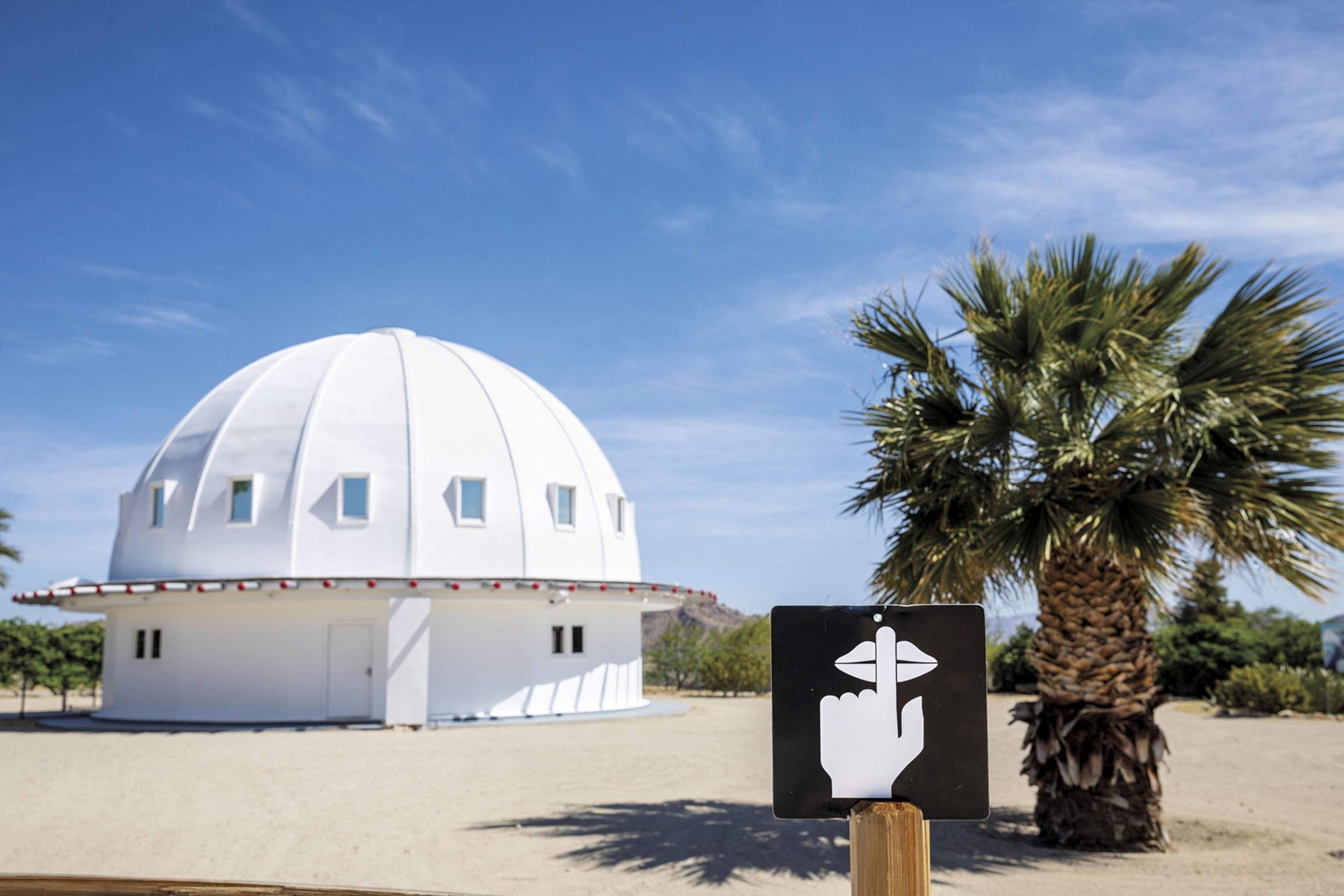

After an hour of driving, I reach my destination: the Integratron, a squat white dome dating from the mid-1950s, protected behind fencing and offering a ritualized sound-bath experience. The place looks like a UFO, which is not surprising considering its creator, George Van Tassel, claimed that it was based on “the design of Moses’ Tabernacle, the writings of Nikola Tesla and telepathic directions from extraterrestrials.” The structure seems perfectly pitched to support Tesla’s maxim: “If you want to find the secrets of the universe, think in terms of energy, frequency and vibration.”
The wooden structure, listed on the National Register of Historic Places by the National Park Service, sits at an energy vortex—an intersection of geomagnetic forces—and “was designed to be an electrostatic generator for the purpose of rejuvenation and time travel.” Unfortunately, when I arrive, the Integratron is closed, and so my space-time journeys will have to wait. If only I could go back in time to plan better...
Still, I feel a surge of joy as I wander around the “energy machine” and through the scraggly desert vegetation punctuated with spiky leaves of grass, meditating on this remarkable effort to channel planetary power into waves of peace and spiritual healing. This is the sound of intention: of people making an effort to connect with each other and listen to the world. It’s music to my ears.
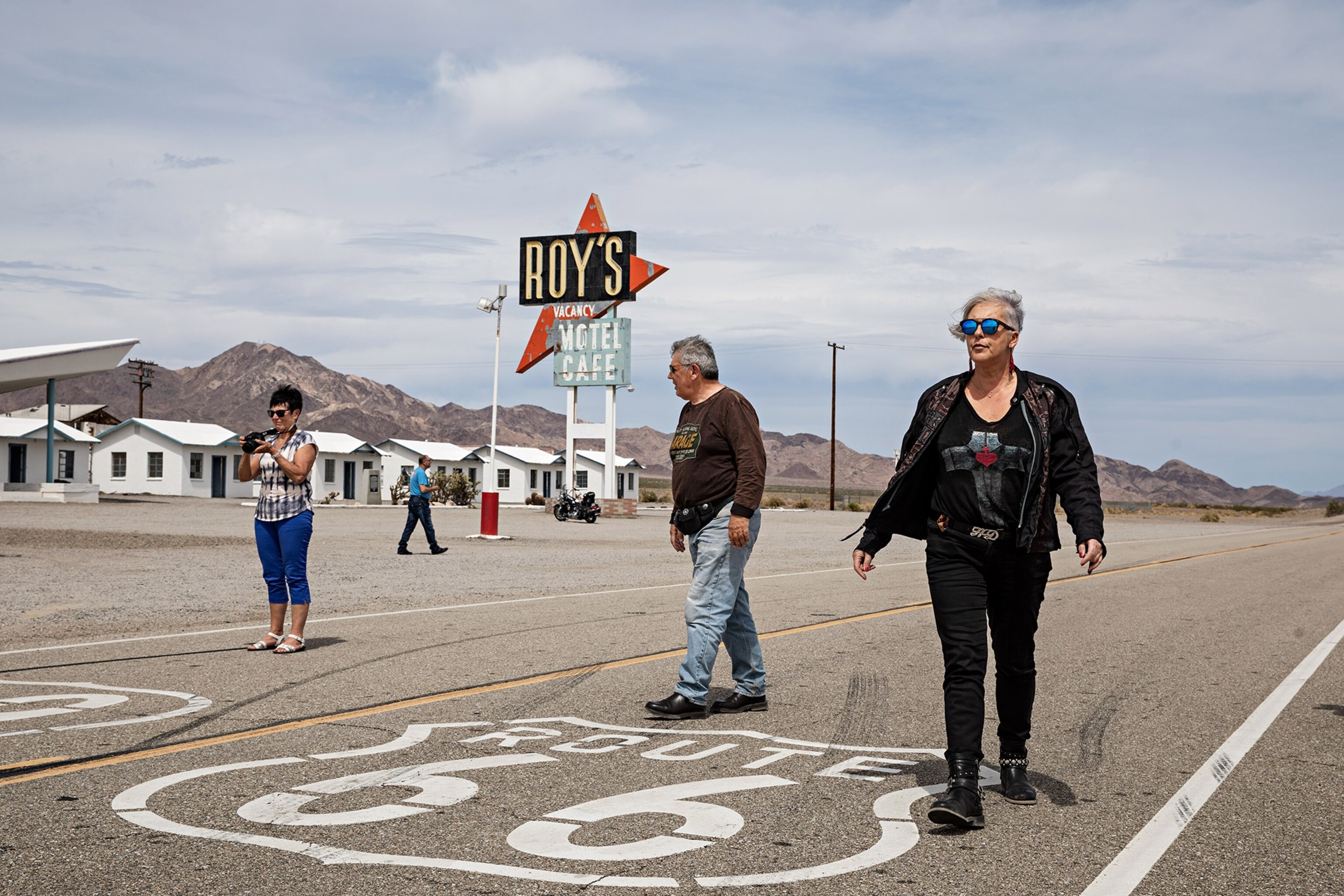
Kelso Dunes, Mojave National Preserve: 54 decibels
But I still haven’t found what I’m looking for: the sound of the planet speaking to me. For this I head toward the largest field of aeolian sand deposits in the Mojave Desert. My route from Landers to Kelso Dunes takes me past Joshua Tree National Park, home of the spiky-topped yucca palms that inspired the title of U2’s 1987 landmark album about America. The park is popular (some say too popular) and seductive; it’s difficult to drive past its gates without stopping. Since my goal is to listen to the sounds of nature, not the clicking of cameras, I press on and careen into the desert.
If you’re even mildly concerned about chupacabras, the goat blood–sucking creatures from folklore’s dark recesses, this is not the drive for you. Crows dive-bomb my car as I cruise across a scorched valley framed by ominous rock mountains and lined with salt flats. It feels like a road to perdition, the kind of drive an outlaw makes. At Amboy I turn right on Route 66, the National Trails Highway, and watch as the longest, loneliest train in my life, a silver stream drawn by three engines, crosses my path. Then I pass Roy’s Motel and Café, an artifact of atomic age Googie architecture but now a snapshot stop in a ghost town.
Hours pass, my brain’s jukebox is totally played out, and I’m enjoying the silence. At last I turn down a potholed road and stop near the base of a sand colossus that looms like a sleeping camel. I learned about Kelso Dune Field by reading The Sound Book, a tour of the world’s sonic wonders by Trevor Cox, a professor of acoustic engineering (and author of another article in our music issue). There are only about 30 aeolian dunes in the world—mountains that “boom” when sheets of consistently sized grains of sand cascade down a steep surface and rub against stationary sand below. I experienced my first singing dune by sliding down a slip face on Namibia’s Skeleton Coast. As the sand grains danced on air pockets, they vibrated all around me, generating the reverberant buzz of a bee swarm.
I grab my recording equipment and dash to the dunes, which turns out to be a deceptively long distance (the field covers 45 square miles, though I am in a small portion of that space). The flat path lined with desert grass and wildflowers eventually gives way to a mottled beach, then hilly humps, and finally a 650-foot mountain of shifting sand that is soft, deep, and difficult to climb. The sand is starting to speak to me; its first message is: “Why did you leave your water bottle in the car?”
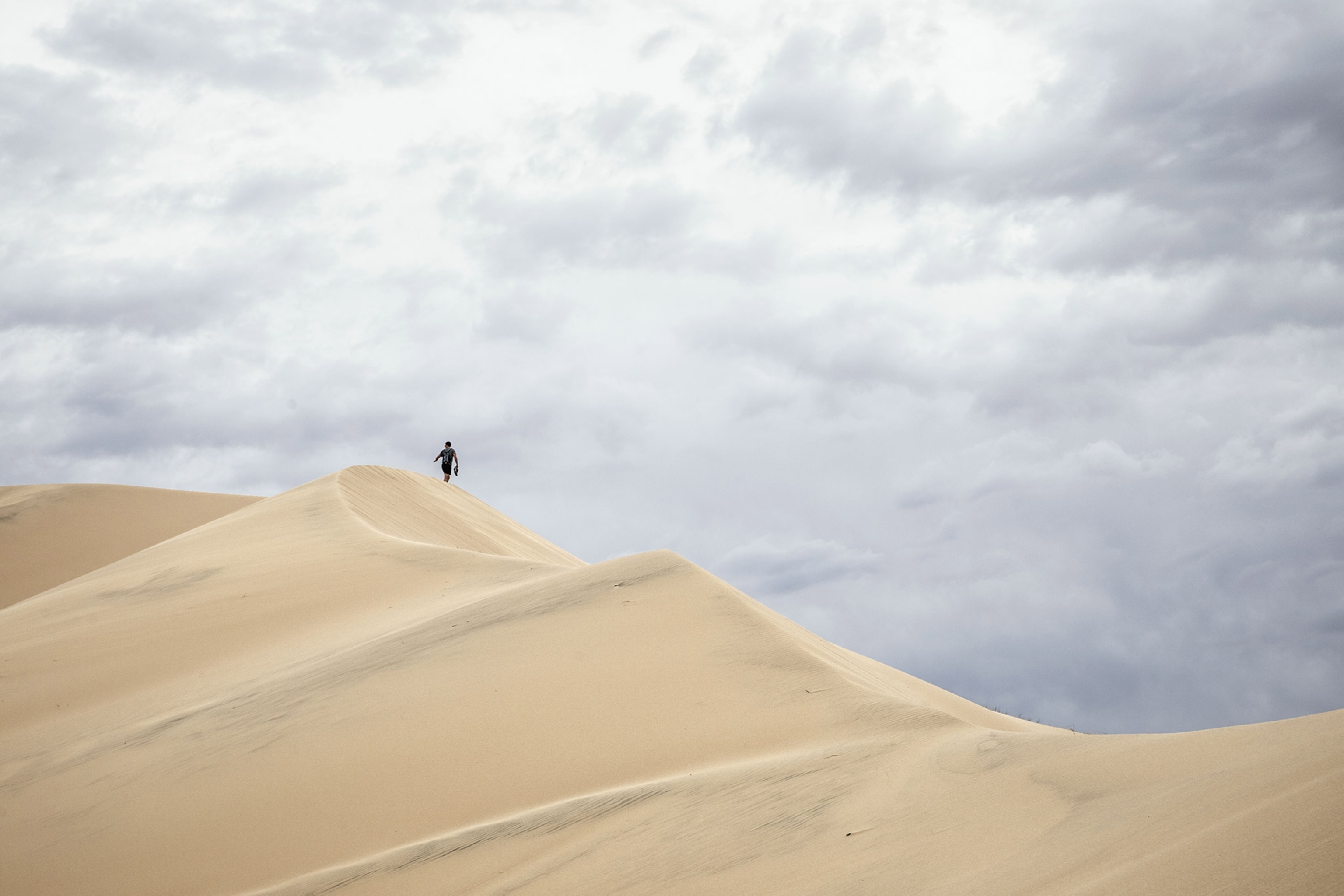
Cox describes this sound of striding across an aeolian dune as a tuba being played badly: burp, burp, burp. But as I reach the ridge, I hear little more than my own panting. I roll around the dune, scooting down the leeward side, racing up to a new ridge, feeling the wind-sculpted ripples of sand under my bare feet, and yet I do not hear an oscillating hum or the drone of an airplane propeller. I certainly do not detect “the sounds of all kinds of musical instruments, and also of drums and the clash of arms,” as Marco Polo wrote about the Gobi desert’s booming sands.
Many factors determine whether a dune will sing: the degree of incline, shape of sand, humidity, wind direction. I had hoped for a symphony, and all I got was silence. Disappointed, I busy myself by taking dubious measurements: 54 dB (the hum of a refrigerator) at 78°F with a wind speed of five miles an hour. Perhaps the fact that I really don’t know what I’m doing is why I can’t hear the dunes? Just as I’m ganging up on myself, I feel a breeze whoosh across the sand and I imagine tiny grains of silica dancing. Something starts to resonate. I inhale deeply and feel calm, quieted, happy to be in the middle of nowhere, alone and untethered yet connected to the universe. The sun starts to set, and shadows stretch over the landscape so that the larger dunes appear to smother the smaller dunes until nothing is left but silhouettes. What I find I could never have looked for.
Sound Lab, University of California, Irvine: 20 decibels
My search for silence has led me deeper into a world of sound, but I can’t shake my need for noiselessness. I’ve read about efforts to uncover the quietest places on Earth, including acoustic ecologist Gordon Hempton’s One Square Inch project, which identified a spot in the Hoh Rainforest, in Washington State’s Olympic Peninsula, as the most noise pollution–free point in the contiguous United States. I have been to this forest; it was hushed and enveloping (though I kept expecting Ewoks to come crashing through the moss-covered trees).
I wanted more of less, so I set my GPS for the University of California, Irvine, where there is a room so silent—an anechoic chamber lined with sound-absorbing insulation to smother acoustic waves—it can reportedly drive a person crazy. At the Department of Cognitive Sciences’ Conscious Systems Lab, I meet a pair of Ph.D.’s, Kourosh Saberi and Haleh Farahbod, who study how perceptual systems such as hearing, speech, and language emerge from brain function. Crucial to my curiosity, they have an anechoic chamber located in their basement.
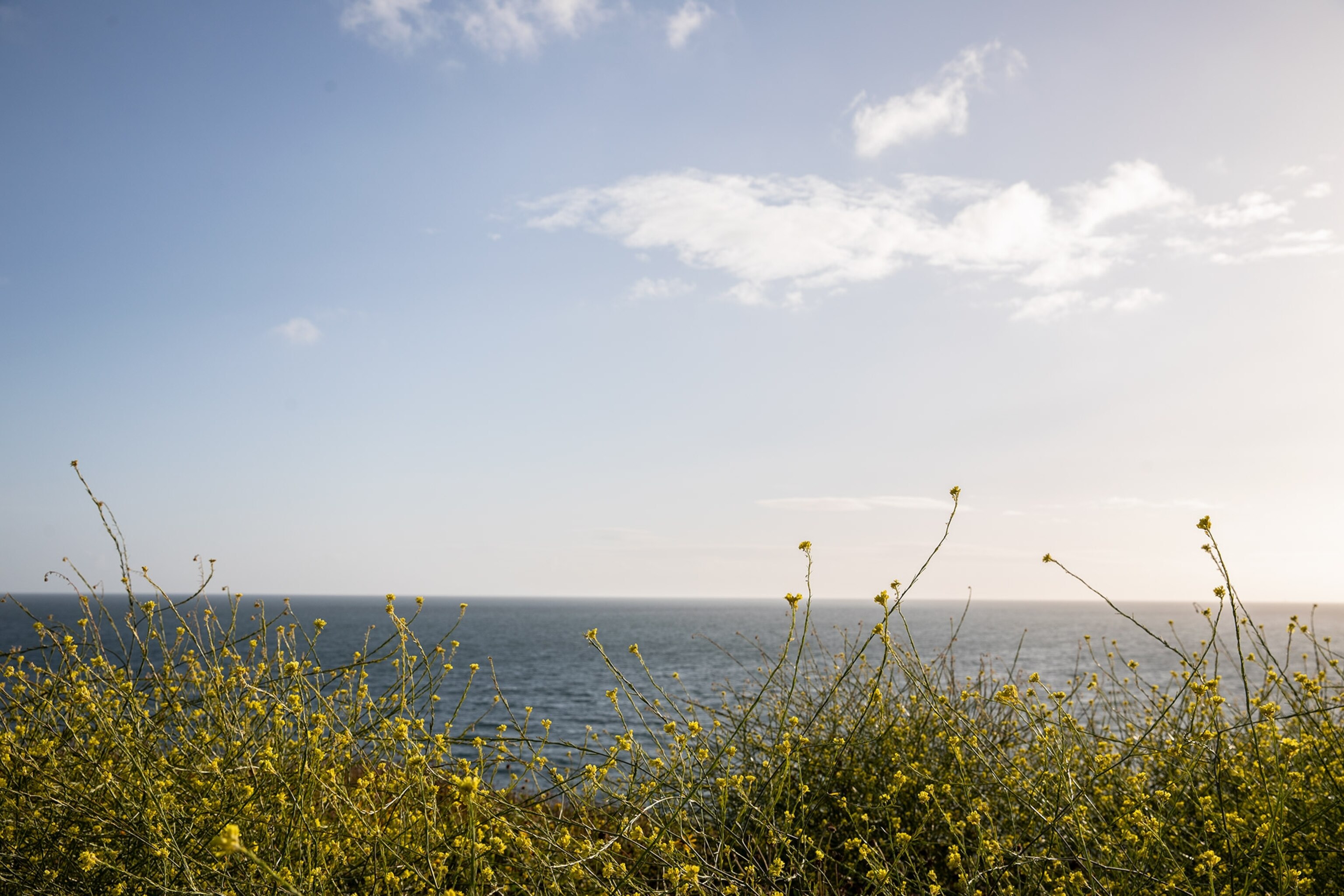
Entering the chamber is like stepping into a secret. The world’s hum is absorbed by dense foam walls, but anxiety seems amplified in this dark, echo-free box. The room is designed for serious research into brain mapping, hearing aid technology, and the development of auditory navigational systems for blind people. My own interests are embarrassingly pedestrian: I just want to experience silence. And so we close the door, stand perfectly still, hold our breath, and stare at each other for one minute.
My heartbeat seems to thunder like a bass note in a Temptations song. It’s the sort of beat that makes you wonder where it comes from and—worryingly—what keeps it going. I expected acoustic oblivion, but what I got was a terrifying self-awareness. I measure something shy of 20 dB. Louder than the -9.4 dB documented in the world’s quietest chamber but low enough to reduce us to laughter when someone’s stomach gurgles. Anywhere there’s a human, there will be a human sound. So I rise from my sonic burial and embrace all the noises that come with life.
Crystal Cove State Park, Orange County: 70 decibels
Silence turns out to be more complicated than I expected. There is a difference between silence as the absence of sound (which is how I thought about it) and silence as the absence of noise. “Sound and silence are not at odds—they go hand in hand,” says Karr, the musician and sonic explorer. “Sound, as a form of energy, moves us through the world and, ultimately, back to ourselves, back to our own vibration. Silence is the storyless witnessing that helps us become better listeners. To me, silence honors space; it is the presence of everything.”

As I drive along the Pacific Coast Highway toward Laguna Beach I realize that my sonic quest is really about remembering to hear harmonious notes in the world. I pull over at Crystal Cove State Park, a spectacular marine conservation area with an enclave of vintage coastal cottages, surrounded by succulents and wildflowers, clinging to a bluff. For a moment I think I hear Elvis singing “Beach Shack,” along with waves crashing on barnacle-covered boulders, shrieks of children outrunning the tide, calls of seagulls, the slap-slap-slap of my bare feet on the sand. The world is singing to me.
“All sound heard at the greatest possible distance produces one and the same effect, a vibration of the universal lyre,” wrote Henry David Thoreau. Here, on the beach, I find my spirit vibrating at a higher frequency, my sense of being both very small and yet part of something universal resonating. Birdsong, wind, waves, people, music, airplanes. Every element is an instrument, and so am I.
My journey began in the desert and ends at the sea. What did I learn? I learned that sound is transcendent, that solitude does not require silence, and that silence is not what I thought it was anyway. I learned that the intentional integration of sound into our lives—and on our journeys—brings volumes of meaning. This assimilation connects us with our higher selves, our families, our communities, the world around us, the universe beyond. And when it’s quiet, when I find a silence that hums, I feel the presence of everything.
Sights and bites
Nature’s Health Food: This vegetarian/vegan café in Palm Springs is perfect for healthy restorative flavors and a delicious, almost-guilt-free date shake.
The Integratron: Unlock your chakras and lift your spirits in a 60-minute sonic healing session at this historic acoustic chamber in Landers. Check the site for schedules and to reserve a space.
Modernism Week: This annual celebration of mid-century architecture and culture is a bold and beautiful time to see Palm Springs (February 13-23, 2020). Book ahead.
Palm Springs Art Museum: Discover the creative origins of Coachella Valley’s artful turns and the marvels of modernist design at the three locations of this community institution.
Where to stay
Crystal Cove State Park: A conservancy supports the historical and natural assets of the protected parkland and manages 24 cottages that were part of a beach colony in the 1920s. The Moro campground, on the bluff overlooking the ocean, offers sites with spectacular views.
The Ranch at Laguna Beach: Nestled amid coastal canyons, this National Geographic Unique Lodge pays homage to its history as a 19th-century homestead. Guests can swim, kayak, and paddleboard along Laguna’s seven miles of sand.
